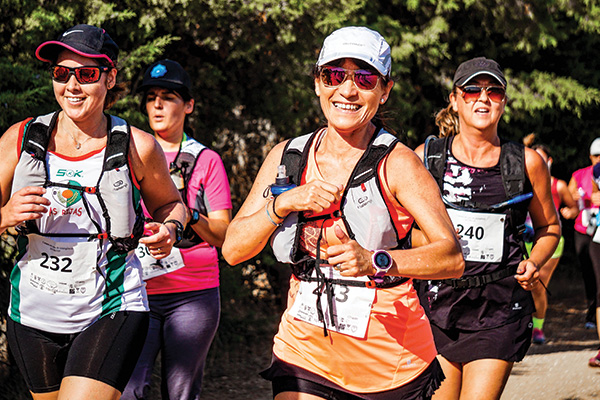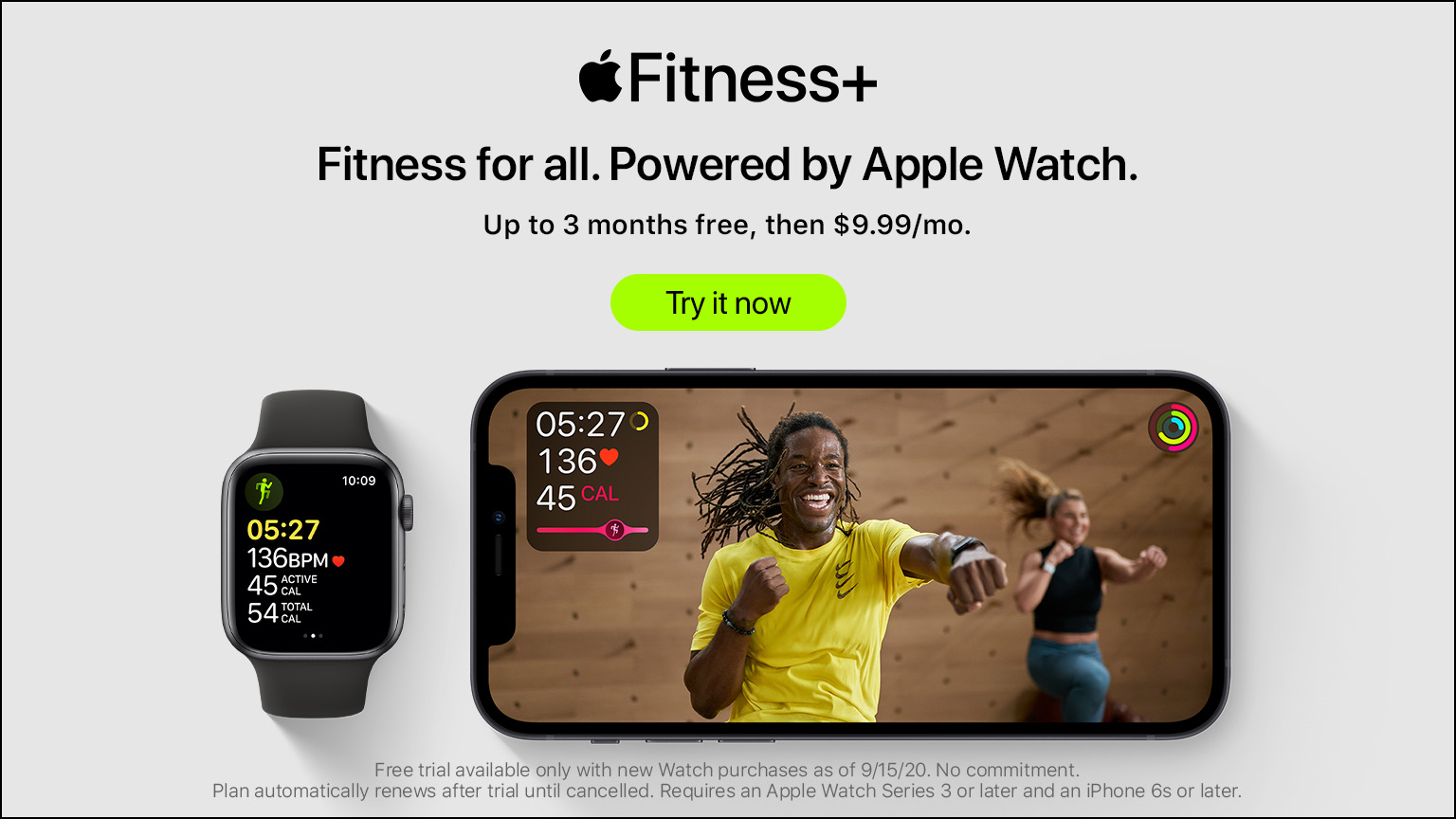Running is one of the best ways to get in shape. It’s also a great way to relieve stress, and it’s something you can do for years without getting bored. But before you start running, there are some things that you need to know.
Your first mile can be the gateway to many more things, like running your first 5k race, training for and running your first marathon, or even competing in other competitions like a triathlon.
Before You Begin
- Since you’re probably starting from scratch it’s a good idea to begin by stretching everyday to loosen yourself up before you put any real wear on those running shoes
- Set a starting goal. You may not have much stamina or endurance at first so it’s crucial to decide how you want to measure success. Putting in 10 minutes of solid walking or light jogging a day to start with is an excellent goal
- Dress for success. That worn out t-shirt and old sneakers aren’t going to cut it if you’re serious about running your first mile. Get yourself some athletic ware (we recommend a brand like Fabletics that has a variety of products for everyday use) and some good quality running shoes.
- Monitor Your Health. Since you’re just starting out on your running journey, it’s a always a good idea to make sure you take stock of your health and monitor it regularly as you exercise. Health and fitness trackers are great tools to help you get in shape and stay safe, but always use your own judgement too!

Your First Run
- Your first run will tell you a lot about your physical condition, but more than that, it should allow you to set reasonable goals from there forward. It’s not about going from walking 100 yards to sprinting an entire mile overnight.
- Figure out what your strengths and weaknesses are from your first run
- Use the information you gain about yourself to set achievable goals. For instance, go from walking to a light jog or increase the distance you walk each time you go out.
- As you achieve goals, make new ones.
- Remember, you’ll get better over time.
- Remind yourself it’s ok to fail

Learning to Run For Distance, Not Speed
Knowing how to run properly is part of the process of reaching your goals. The first thing to know is that you don’t need to sprint to reach a mile. Try going at a slower speed over a longer period of time.
Start by learning how to run properly. Which means keep your foot’s heel and toes touching the ground at all times, while keeping your weight evenly distributed between both feet.
It will feel more natural if you land on the balls of your feet instead of flat-footed. Standing tall with your spine straight which is aligned over two points: hips and shoulders.
Keeping your head up is not only good posture, but can help prevent injuries like neck or back pain due to poor form that could lead to muscle fatigue in other parts of the body too quickly.
Pretend you’re running down stairs (one step per stride) as this helps maintain control over where your center of gravity falls.
These tips will help you perfect your running form so that you can get more out of each run, even if you’ve never tried to run before now.
Starting Out: Week One
- Your first week running will probably be less actual running and more walking or jogging as you build up your pace and stamina.
- Start small, going only 10 to 15 minutes at a time. The goal at first is to assess your condition.
- Keep a slow but steady pace rather than trying to go all out your first few days.
- Depending on your fitness level you may want to try running every other day or 3 times a week. Alternating days like Monday, Wednesday, Friday gives your body time to rest and recuperate.
- If your speed increases, remember to slow down and pace yourself.
Week Two
- By week two you should have a feel for the routine and be able to manage your walk/run.
- You can start tracking your distance now to see how close you’re getting to that one mile goal.
- A goal of walking or running for 20 minutes at a time is another good goal to set
- Remember to still pace yourself, you’re going for distance, not speed.
- Monitor your heart rate and remember to slow down if you start to get winded
Week Three
Week three is when you can start to push yourself to see how far you can go. As always, your goals are your own and you should pay attention to your body for signs of fatigue
- If you feel comfortable you can start to increase the time you walk or the pace you walk or run at
- Set new goals for yourself as you start to get into the rhythm of walking, jogging, and running.
- Change up your pace regularly during your run so that your body doesn’t get too used to the same exercise.
- Above all, be comfortable with where you are. You may be close to that mile mark by the end of the third week or it may still be a ways off. The important part is progress.
As you continue past the third week the goal is to continue to build on the gains you’ve made. Remember to space your runs out every other day to avoid hurting your muscles and to go at your own pace as you train.
Conclusion
Starting to run after you’ve been a couch potato for a while can feel overwhelming. As long as you set responsible and attainable goals for yourself, monitor your health and remember that everybody struggles, you can follow these tips and be running a mile in no time!
Apple Fitness+ is a fitness service powered by Apple Watch. You can choose from a catalog of workouts led by expert trainers. In-session metrics, like heart rate and calories burned, are synced to your iPhone, iPad, or Apple TV, so you don’t have to take your eyes away from your workout to see how you’re doing. It’s like your Apple Watch is on the screen.
Apple Watch owners get 1 month free, then pay $9.99/month or $79.99 annually.* Share with up to five family members. Apple Fitness+ requires Apple Watch Series 3 or later with watchOS 7.2 or later and one of the following Apple devices: iPhone 6s or later with iOS 14.3 or later, iPad with iPadOS 14.3 or later, or Apple TV with tvOS 14.3 or later.











